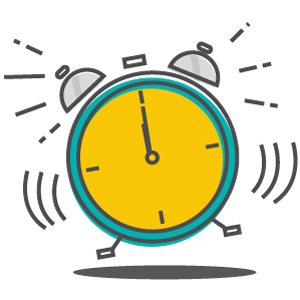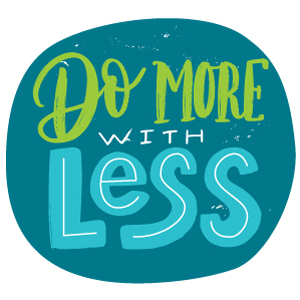We talked a few weeks back about how you can go “back to school” to keep your business knowledge moving. Today we want you to think back to the lessons you learned when you were in school—and put them in practice in your business! Here are four of the classroom lessons that will help your business thrive every day.
1. Have the Right Supplies
Remember when you were getting ready for the return to the classroom and you got a shopping list of the things you would need that year? Business can sometimes be a lot like that—having the right tools on hand when you start the job is essential.
But what are the right tools? As a professional, unfortunately, you can’t simply pick up your checklist at your average big box store. However, you also have the benefit of experience and can make your own list. Does having a vertical market sales kit on hand for meetings help you make the sale? Make sure you have one of these kits on hand at the start of the next sales meeting. Does one of your customers respond to having a catalog laid out in front of them? Make sure you’ve got that catalog ready—or send them a personalized digital catalog like our zoomCatalog.
2. Take a Moment Every Day to Stay Organized
If your elementary school was anything like mine, you spent some time every day picking up after yourselves, and this is a great habit to build in your business, too! Take a few minutes every day to organize your files, get a few small tasks checked off your list, and straighten things up at your desk. This will help you stay organized, and you’ll find that doing a little every day is much simpler than doing all that organizing at one time.
3. Give Yourself a Break to Recharge
Whether it’s taking a lunchtime breather or getting outside for some “recess,” taking a moment to recharge can be just as helpful for you now as it was when you were in school. Taking that break can help you work more effectively and get more done in the long run.
4. Don’t Be Afraid to Ask a Question
Do you need more information about a new product? Are you unsure how to go about placing an order? Do you just want to have a little more clarity? It can be easy to avoid asking these questions because you’re worried about whether you should already know this information—but don’t be afraid to raise your hand! Whether it’s asking a teacher for more information or asking your print provider for more information about a new product, asking a question is as great an idea in your business as it was in the classroom.
What schoolroom lessons do you still use in your day-to-day life? We’d love to see you join the conversation in the comments below.

 The summer is nearly over, and soon students will be going back to school.
The summer is nearly over, and soon students will be going back to school. Minimalism has been on trend for some time, and if your customers come to you to ask for your design advice you want to create something eye catching. If what they’re looking for is minimalism, you need to ensure that your design does more with less. Here are our tips for achieving great minimalist design.
Minimalism has been on trend for some time, and if your customers come to you to ask for your design advice you want to create something eye catching. If what they’re looking for is minimalism, you need to ensure that your design does more with less. Here are our tips for achieving great minimalist design.